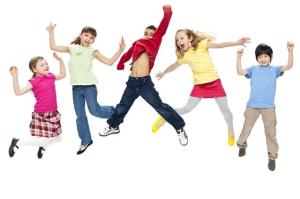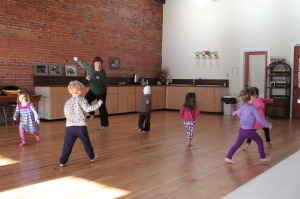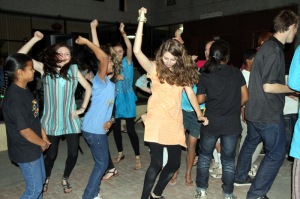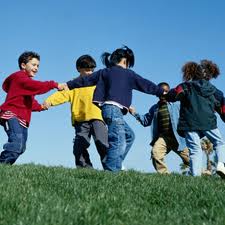We know this already, but it’s always nice to have some science to back it up 🙂
How Learning Dance in School Can Produce Smarter Kids by Sheri Leblanc
“Using dance to teach standard subjects allows students to have fun with the material, but also helps them gain a deeper understanding of concepts by approaching them from new angles. “
“In dance class, Carter explains, students practice physical exercises that “‘stimulate mental alertness, modeling, sequencing, attention to detail, and memorization skills’… —thereby promoting the learning process.” “





